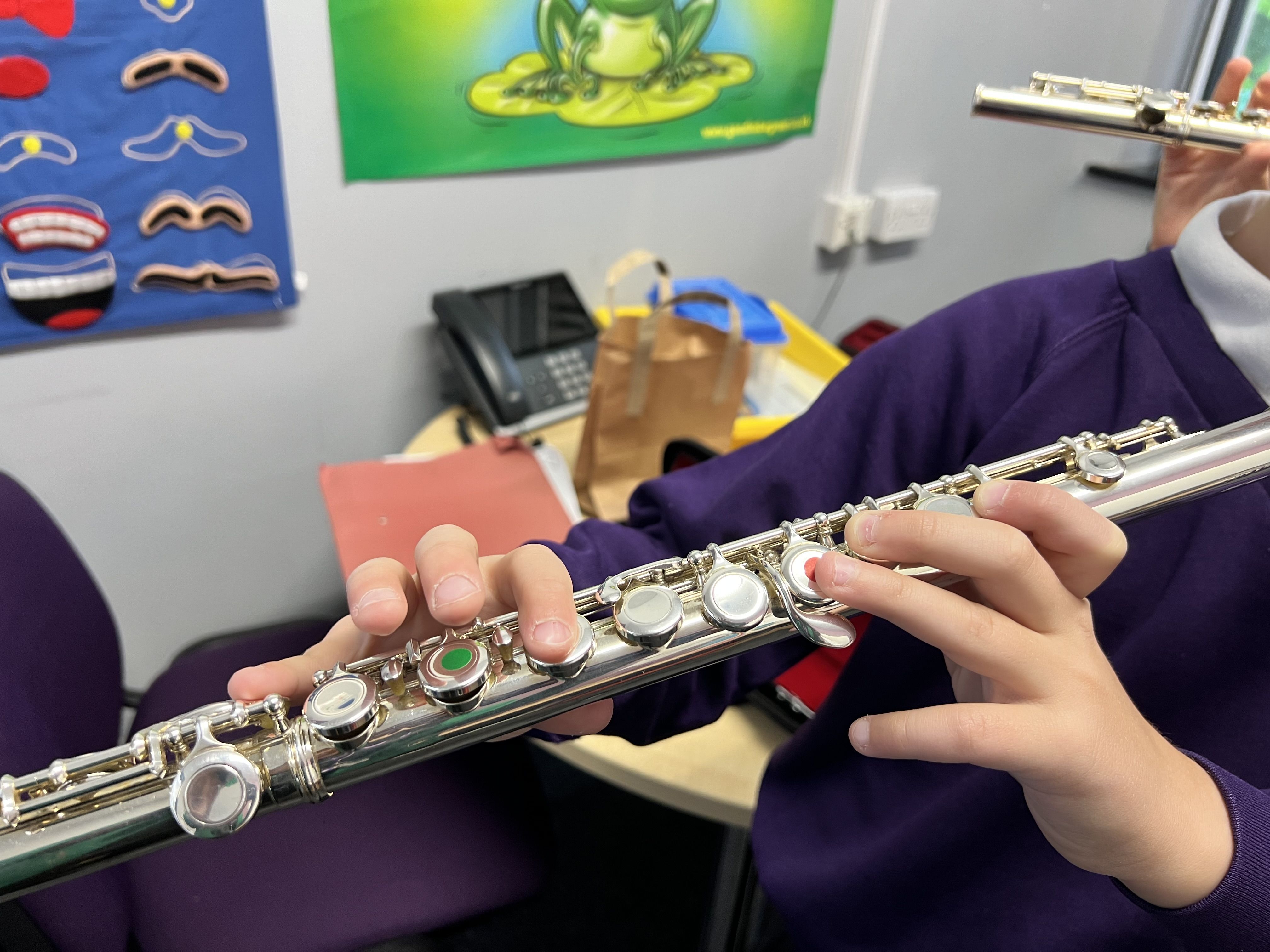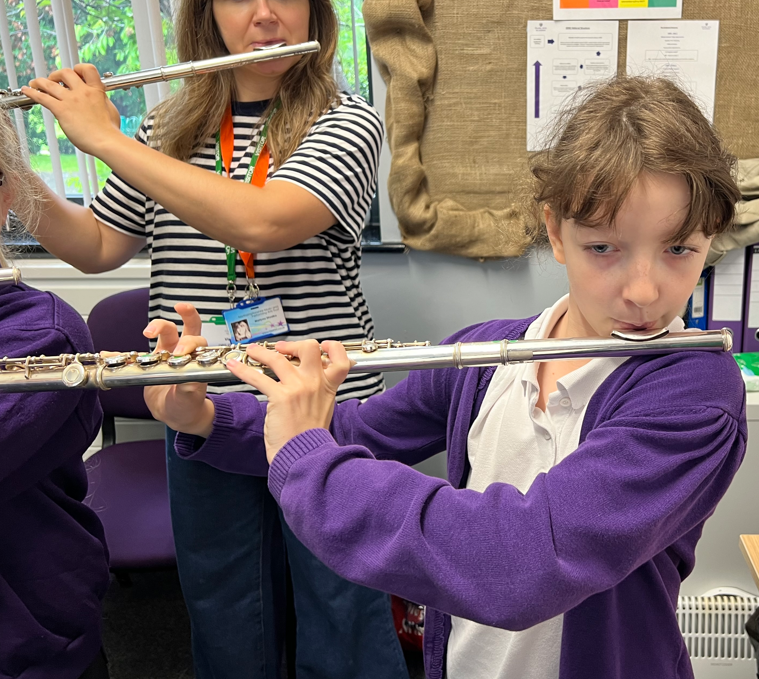Music inc Development Plan

At Hazel Leys Academy we follow the Charanga scheme of work for music. Each unit consists of 3 elements: listening and appraising, musical activities (games, singing, playing instruments, improvisation and composition) and performing. Children also experience live musical performances though visiting artists and ensembles as well as trips to local performance venues.
 Intent:
Intent:
The National Curriculum for music aims to ensure that all pupils:
-
Perform, listen to, review and evaluate music
-
Are taught to sing, create and compose music
-
Understand and explore how music is created, produced and communicated.
At Hazel Leys Academy the intention is that children gain music knowledge and skills through listening, singing, playing, evaluating, analysing, and composing across a wide variety of historical periods, styles, traditions, and diverse musical genres and cultures. Our objective is to develop a curiosity for the subject, as well as an understanding and acceptance of the validity and importance of all types of music, and an unbiased respect for the diverse and enriching way that they may aspire to express in themselves through music.
We are committed to ensuring children understand the value and importance of music in the wider community, and are able to use their musical skills, knowledge, and experiences to enrich their well-being and involve themselves in music, in a variety of different contexts.
 Implementation:
Implementation:
The music curriculum ensures students sing, listen, play, perform and evaluate.
This is embedded in the classroom activities as well as the weekly singing assemblies, various concerts and performances and the learning of instruments.
The elements of music are taught in the classroom lessons so that children are able to use some of the language of music to dissect it, and understand how it is made, played, appreciated and analysed. In the classroom students learn how to play an instrument, from all four main instrument groups of wind, strings, percussion and keyboards. In doing so understand the different principle of each method of creating notes, as well as how to read basic music notation. They also learn how to compose focusing on different dimensions of music, which in turn feeds their understanding when listening, playing, or analysing music. Composing or performing using body percussion and vocal sounds is also part of the curriculum, which develops the understanding of musical element.
 Impact:
Impact:
Whilst in school, children have access to a varied programme, which allows students to discover areas of strength, as well as areas they might like to improve upon.
The integral nature of music and the learner creates an enormously rich palette from which a student may access fundamental abilities such as: achievement, self-confidence, interaction with and awareness of others, and self-reflection. Music will also develop an understanding of culture and history, both in relation to students individually, and ethnicities from across the world.
Children are able to enjoy music, in as many ways as they choose either as a listener, creator or performer.
They can dissect music and comprehend its parts. They can sing and feel a pulse. They have an understanding of how to further develop skills less known to them, should they ever develop an interest in their lives.



